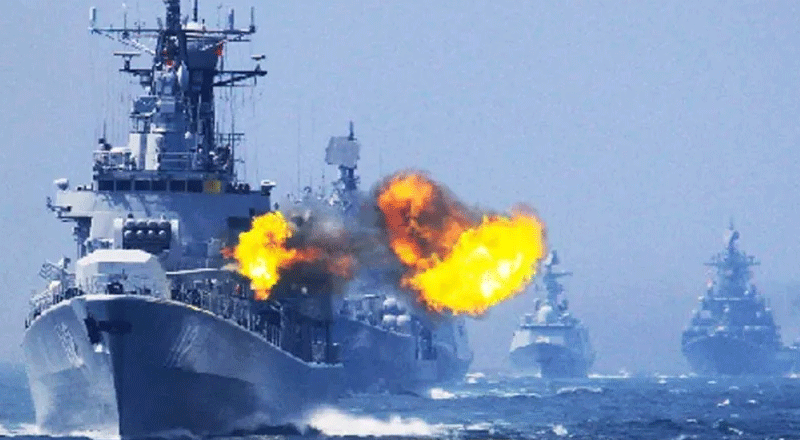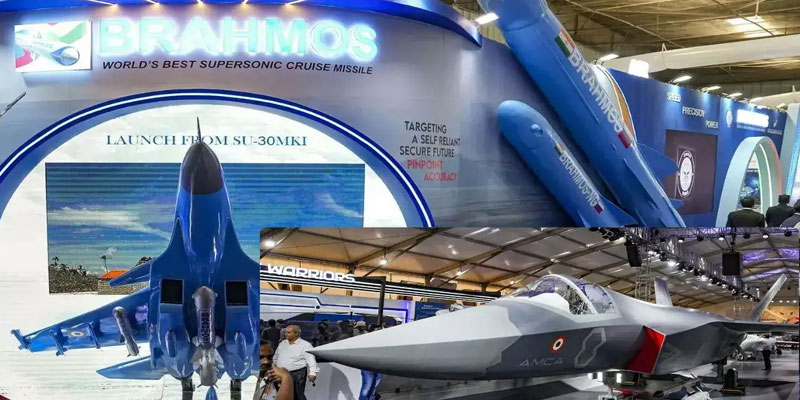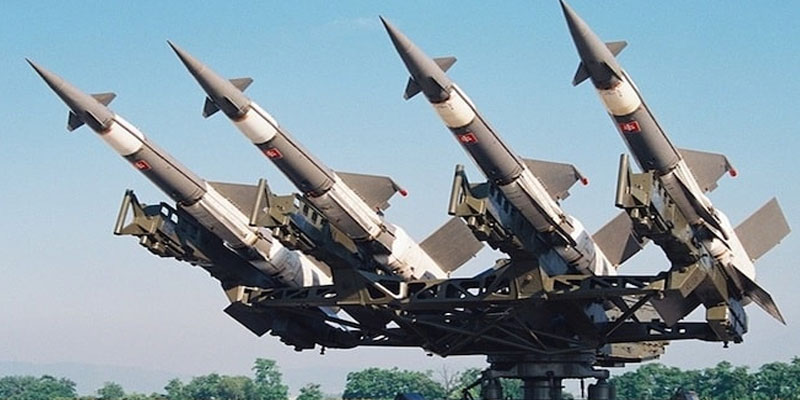China's rapid ascent as a naval superpower marks a significant shift in global maritime dynamics. Since the economic reforms initiated in the 1980s under Deng Xiaoping, China has steadily expanded its maritime presence, evolving from a land-focused power to a formidable naval force. Today, China's navy surpasses the United States in sheer numbers, posing a strategic challenge for the US and its allies, including India. This article examines China's maritime ambitions, naval capabilities, and the implications for global security.
China’s Strategic Maritime Vision
China's ambition to become a dominant maritime power gained official recognition in 2012 when President Hu Jintao emphasized the need to strengthen China’s naval capabilities. His successor, Xi Jinping, further reinforced this vision by linking maritime expansion to national sovereignty, economic security, and global influence. The South China Sea (SCS) has become a focal point of these efforts, as China asserts territorial claims and expands its naval footprint.
Four key elements define China’s maritime power strategy:
- Resource Exploitation – Ensuring access to marine resources, including fisheries and energy reserves.
- Maritime Economy – Strengthening the shipping industry and global trade dominance.
- Environmental Protection – Managing oceanic resources sustainably while ensuring economic growth.
- National Security – Expanding naval power to protect sovereignty and interests.
- Merchant Fleet: China controls over 5,600 ships, making it the second-largest merchant ship-owning nation after Greece.
- Fishing Fleet: With an estimated 800,000 vessels, China dominates global fisheries, making seafood security a national priority.
- Coast Guard and Maritime Militia: China possesses the world’s largest coast guard fleet, with over 225 high-seas capable vessels and an additional 1,000 smaller ships for coastal operations. Additionally, the maritime militia integrates fishing vessels into defense strategies, supporting Chinese claims in disputed waters.
- Cochin Shipyard Limited (CSL): India’s largest shipbuilding facility has built major vessels, including India’s first indigenous aircraft carrier, INS Vikrant.
- Hindustan Shipyard Limited (HSL): Located in Visakhapatnam, HSL specializes in submarine construction and overhauls for the Indian Navy.
- Naval Expansion: India is enhancing its submarine fleet and considering plans for additional aircraft carriers to counter Chinese influence in the Indian Ocean.
- Smaller, Missile-Armed Combatants: Investing in corvette-sized ships similar to China’s.
- Unmanned Naval Vessels: Using drones and autonomous systems to augment traditional fleets.
- Allied Cooperation: Leveraging shipbuilding capacities of allies like South Korea and Japan to counterbalance China’s dominance.



















